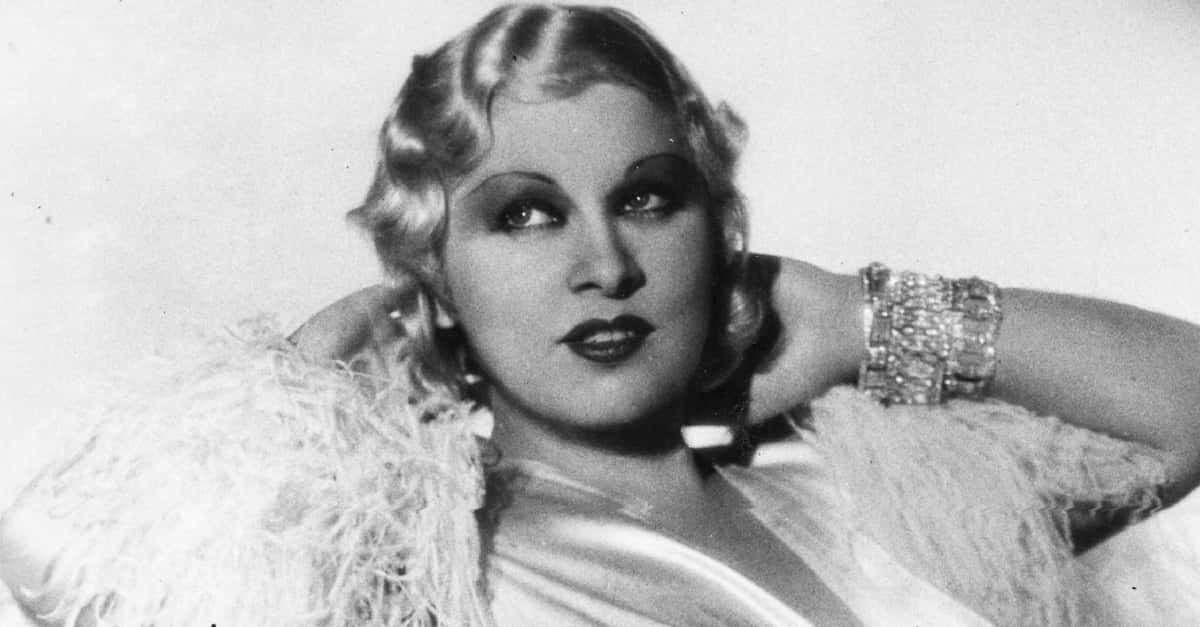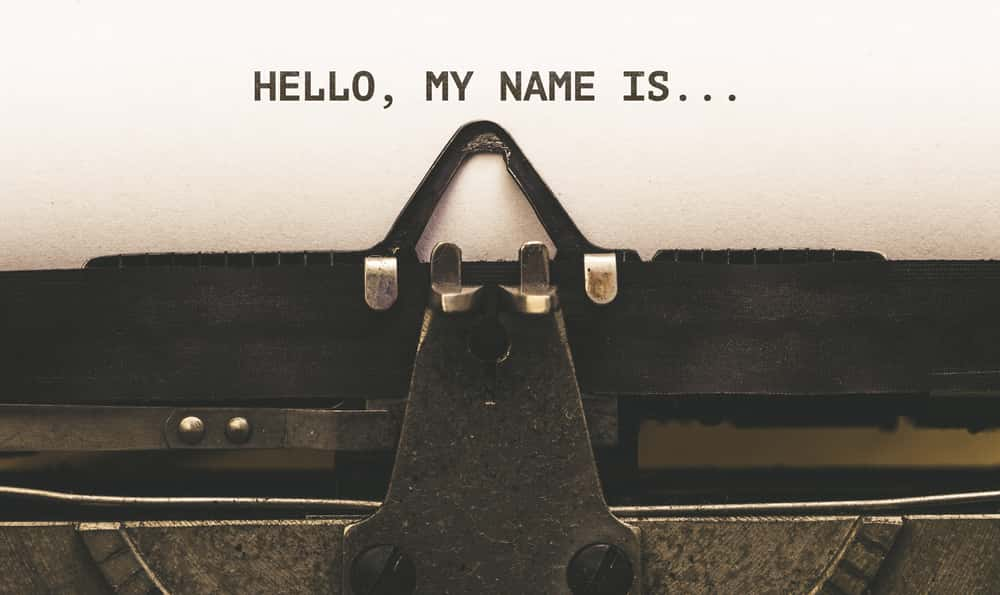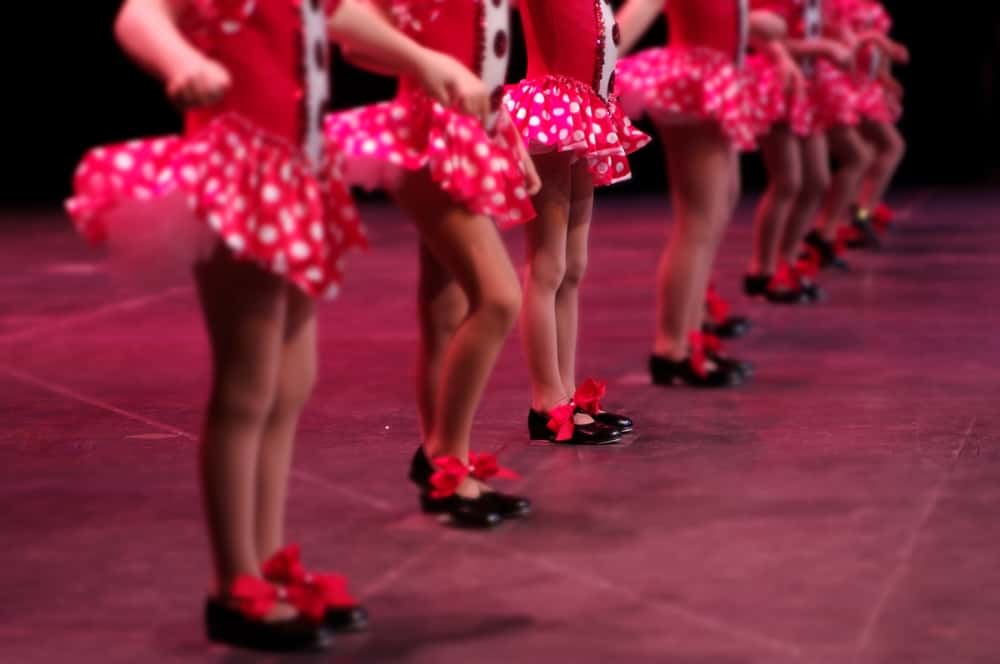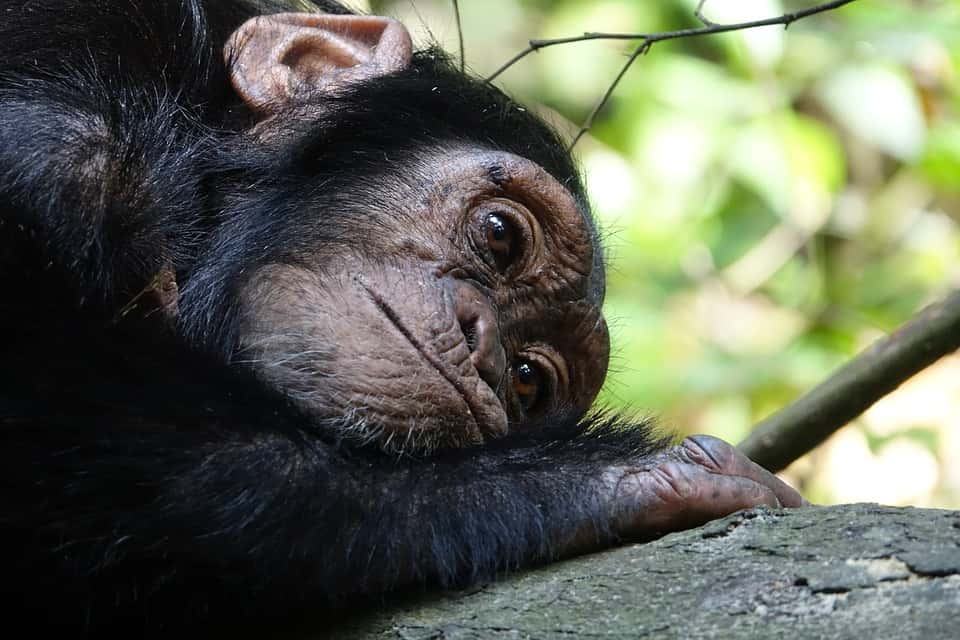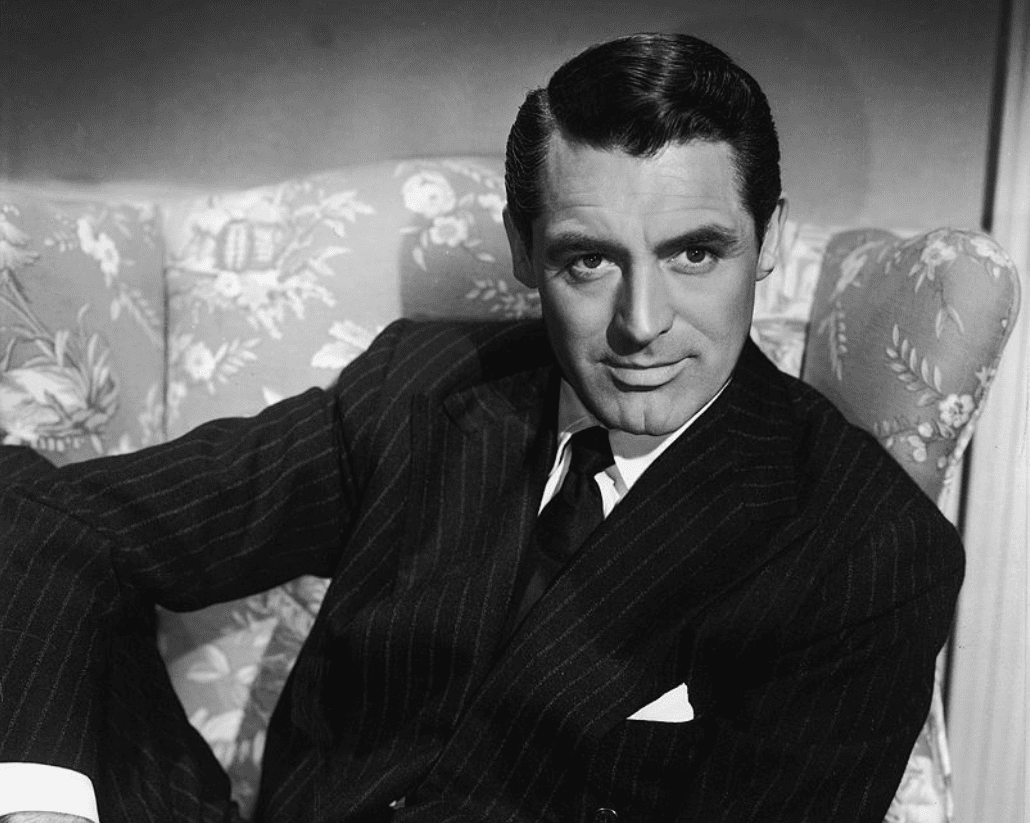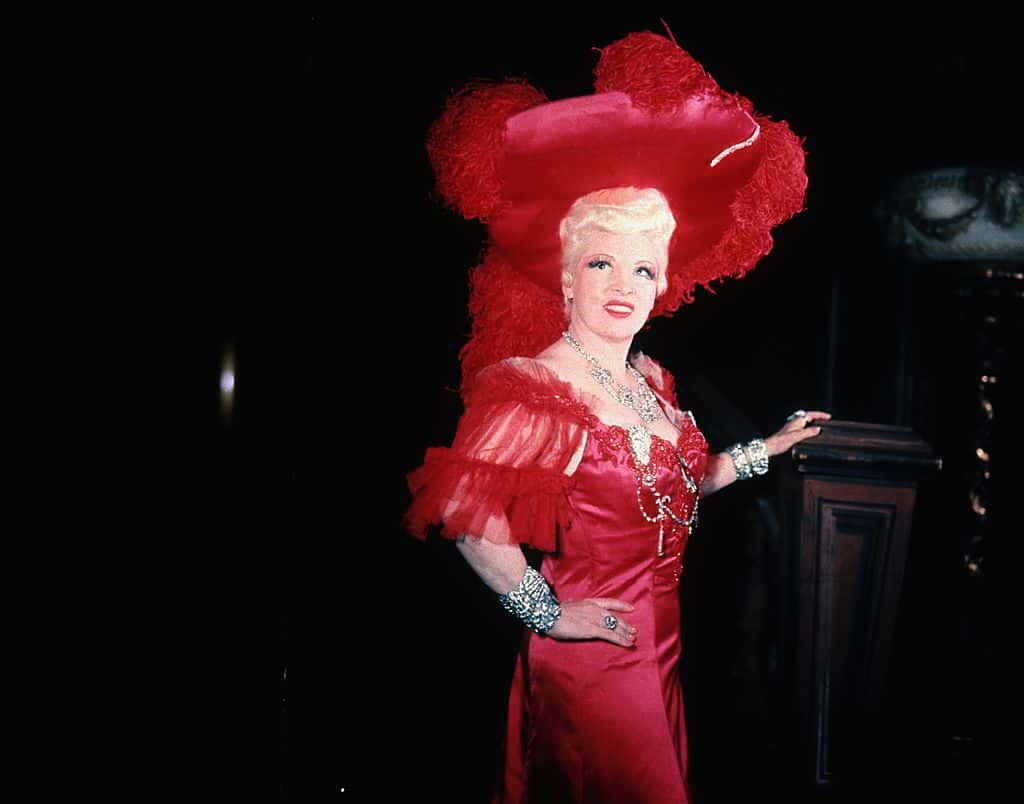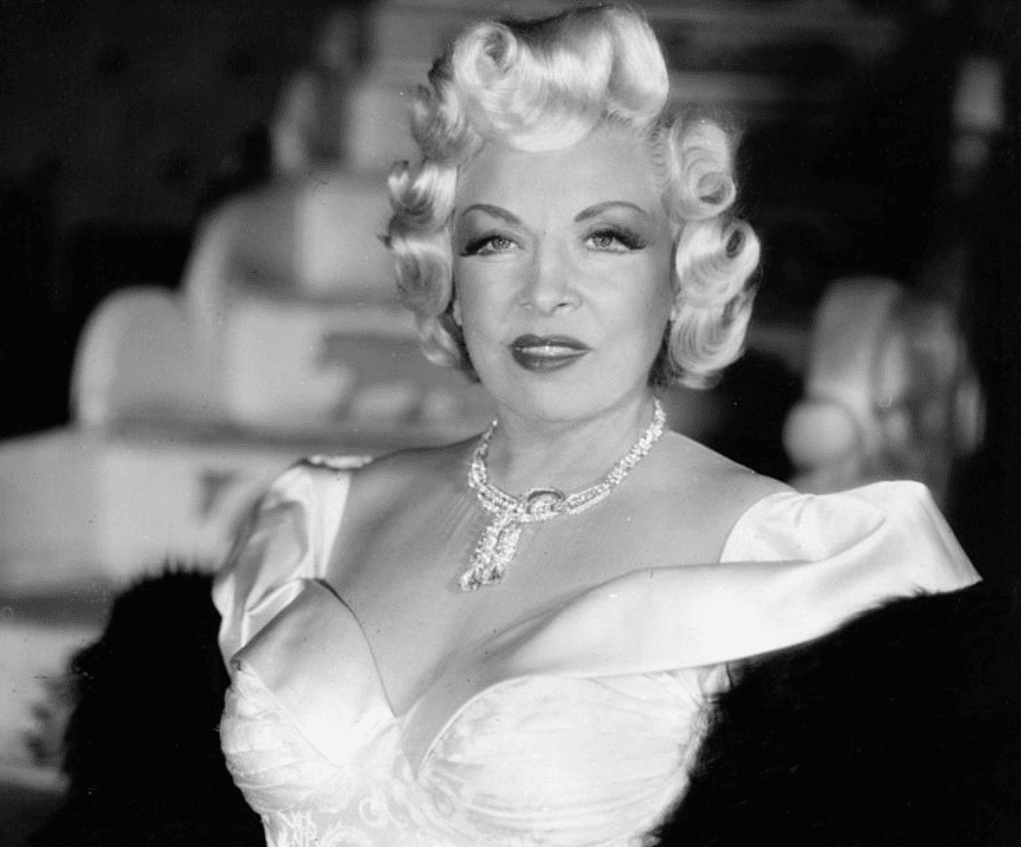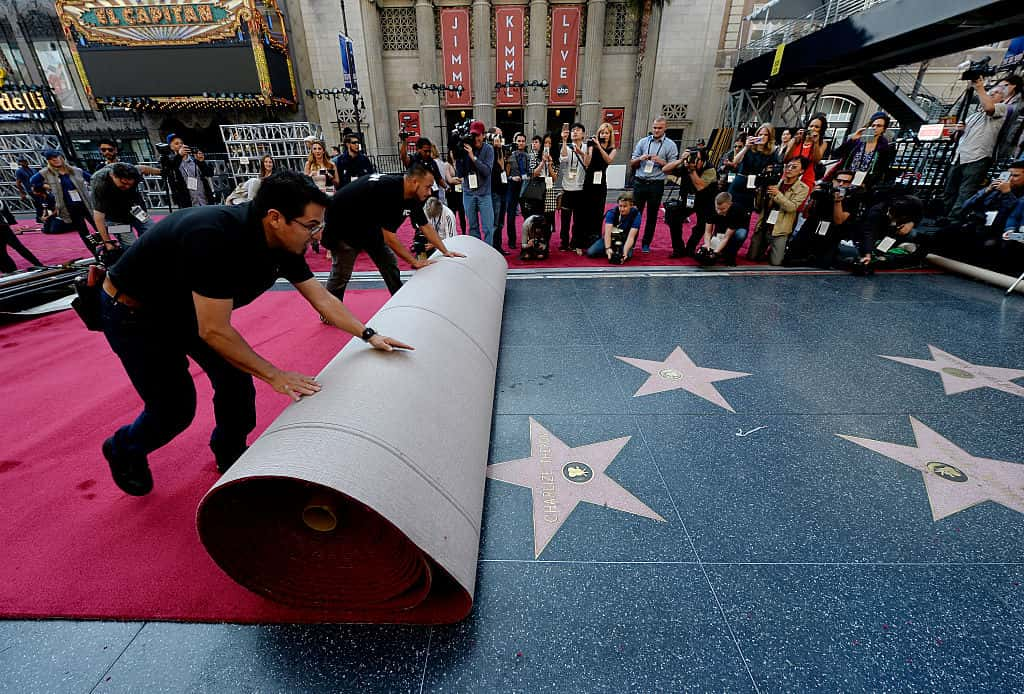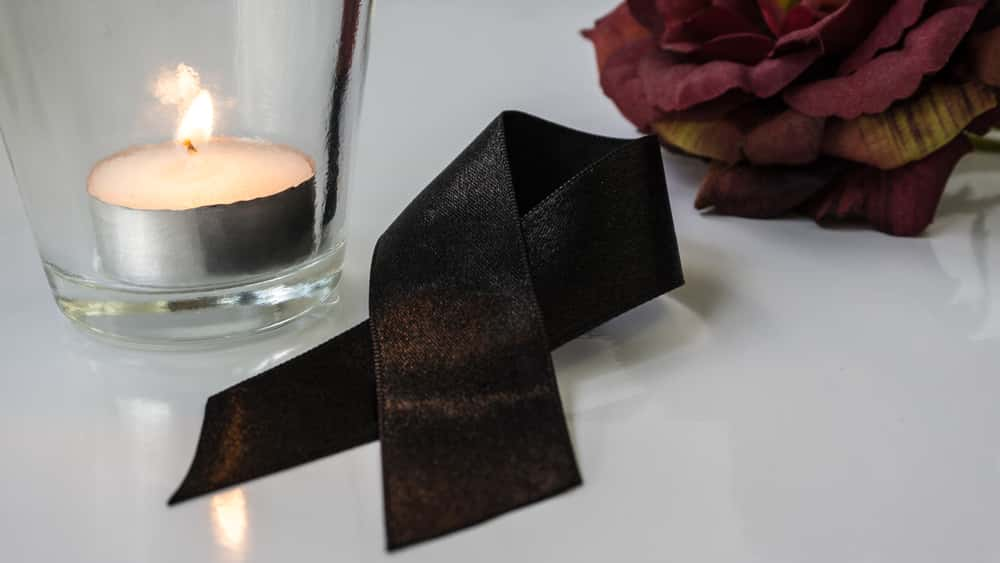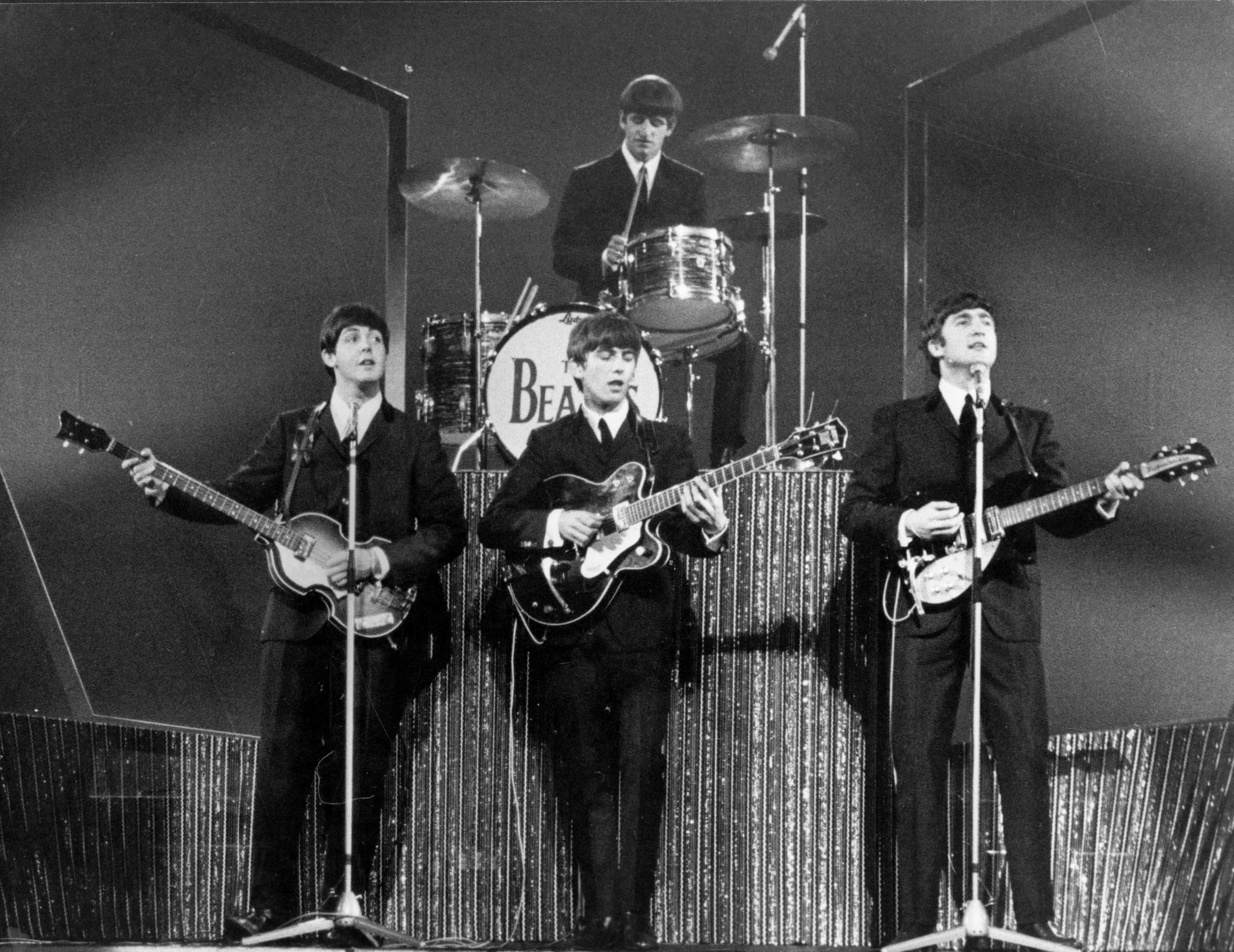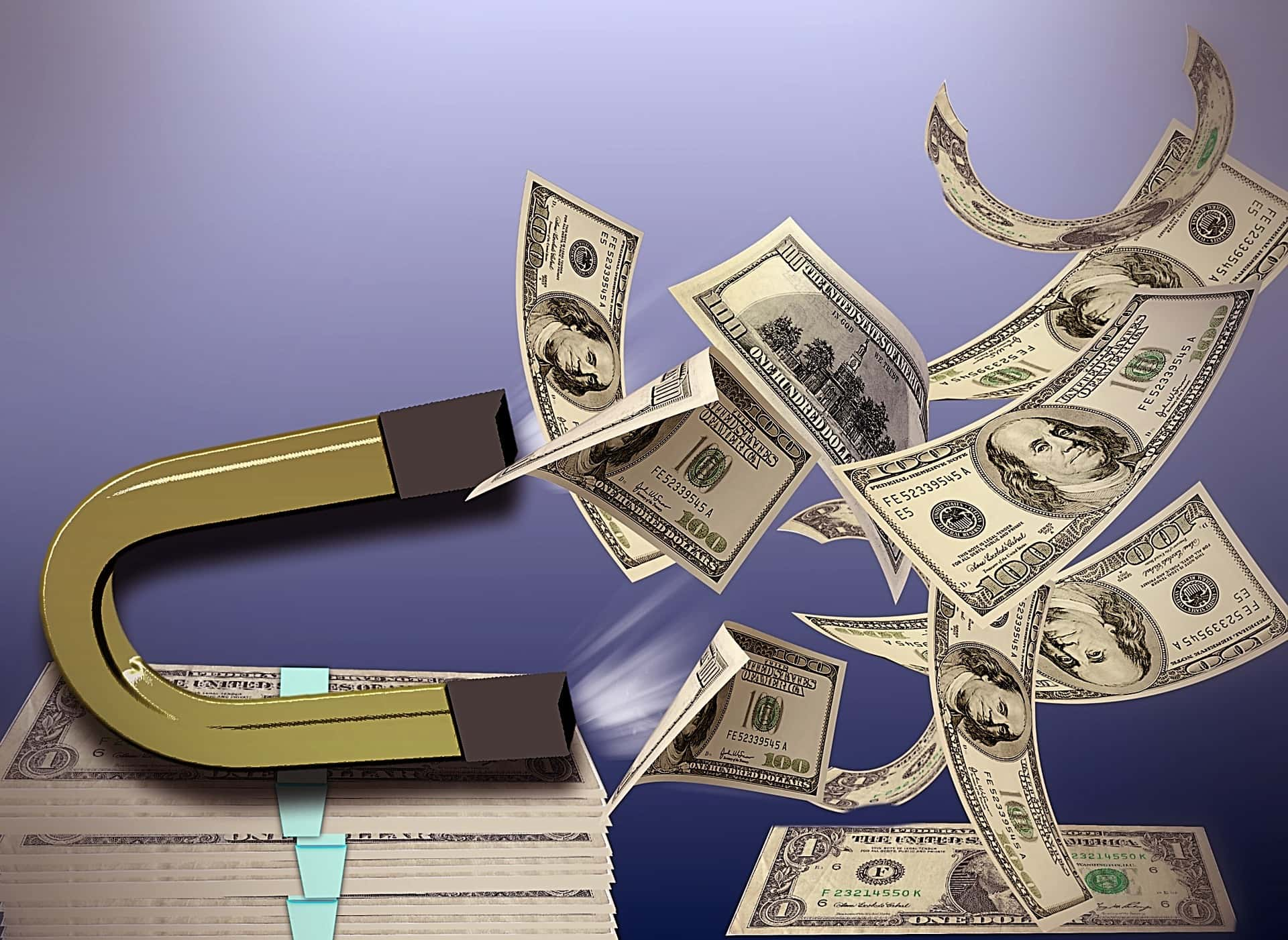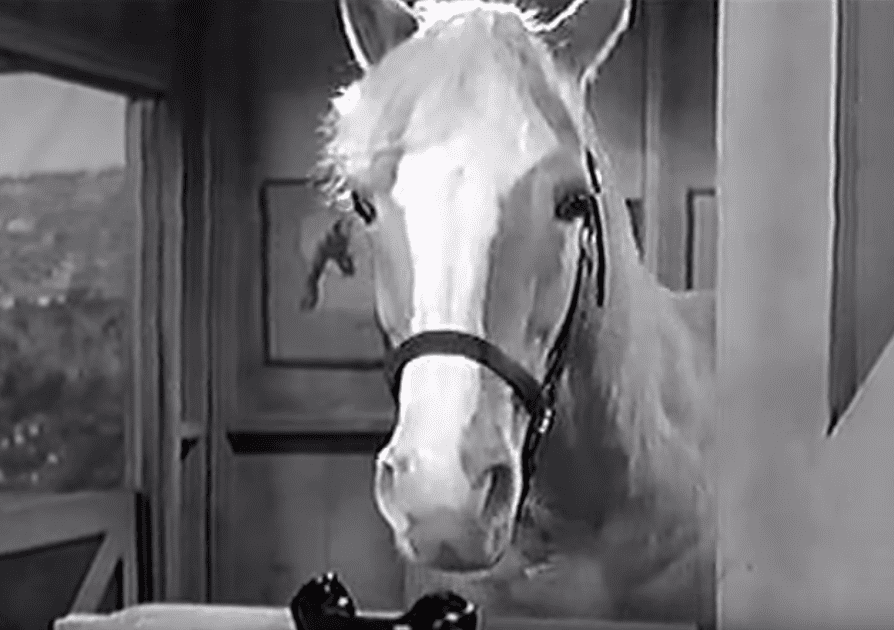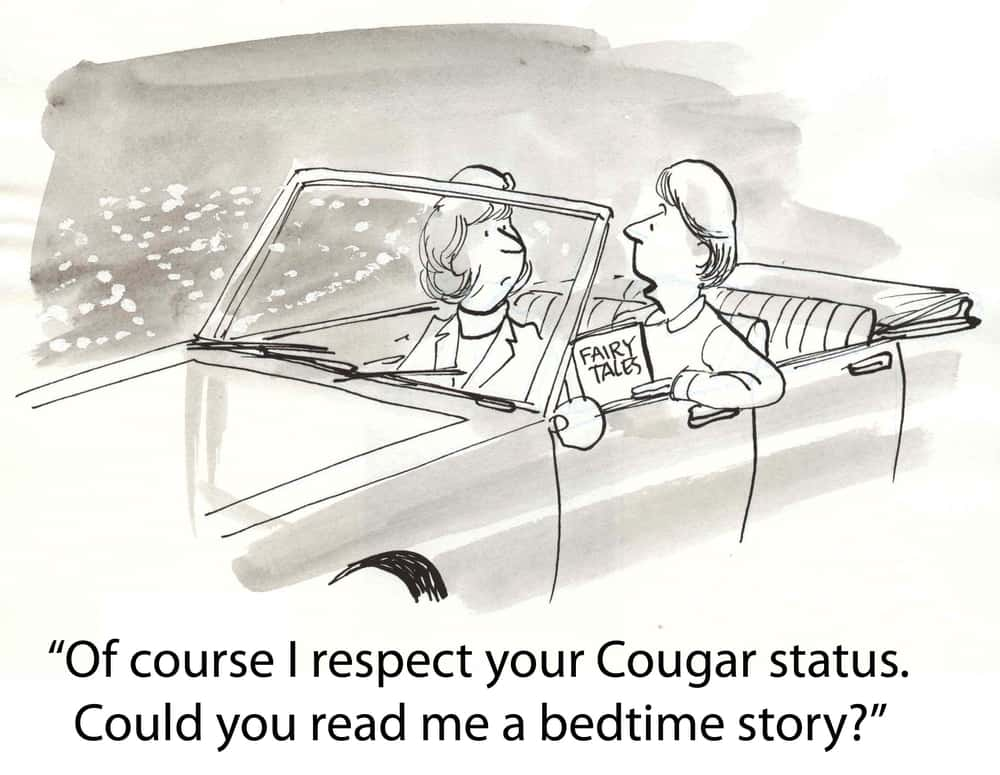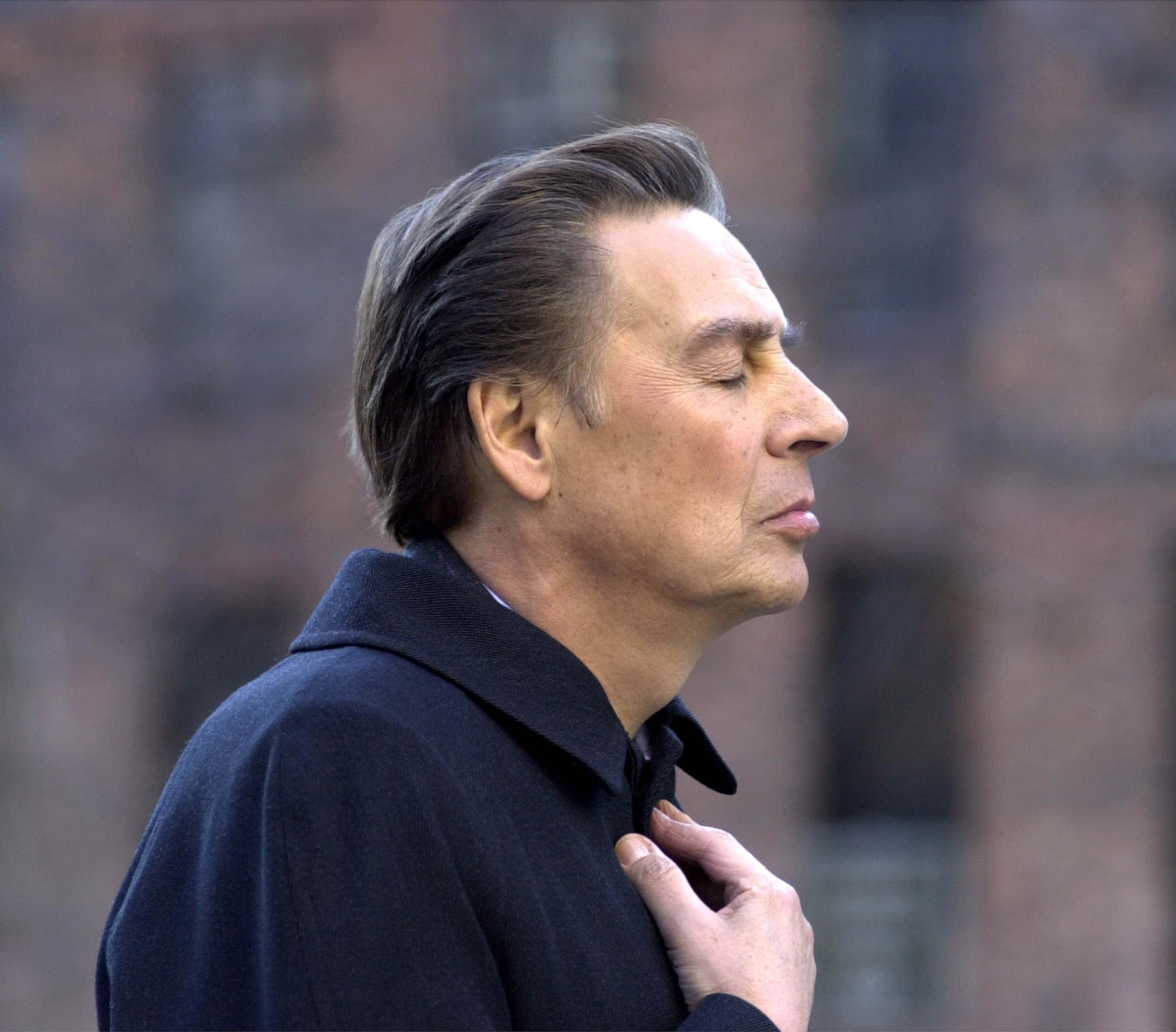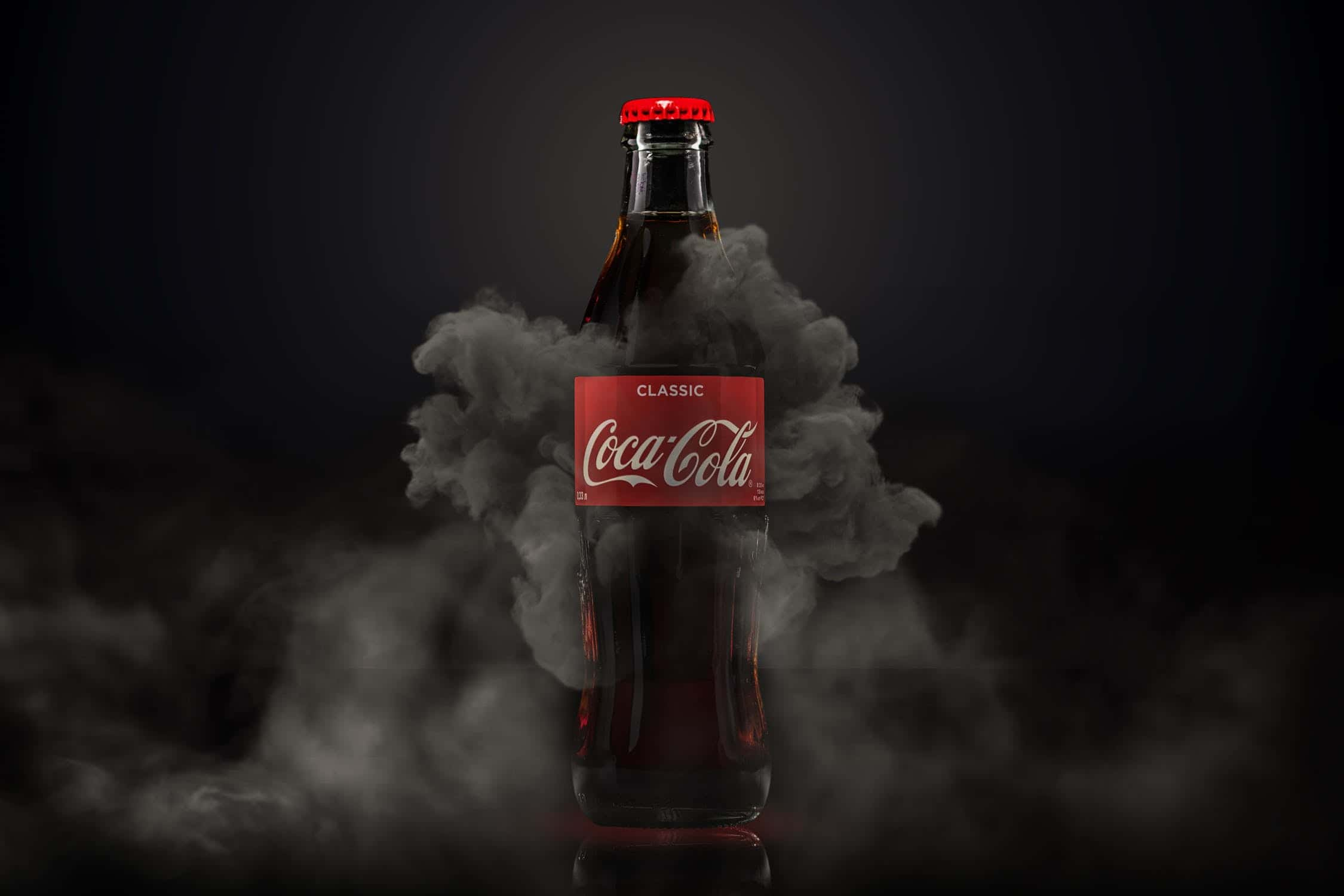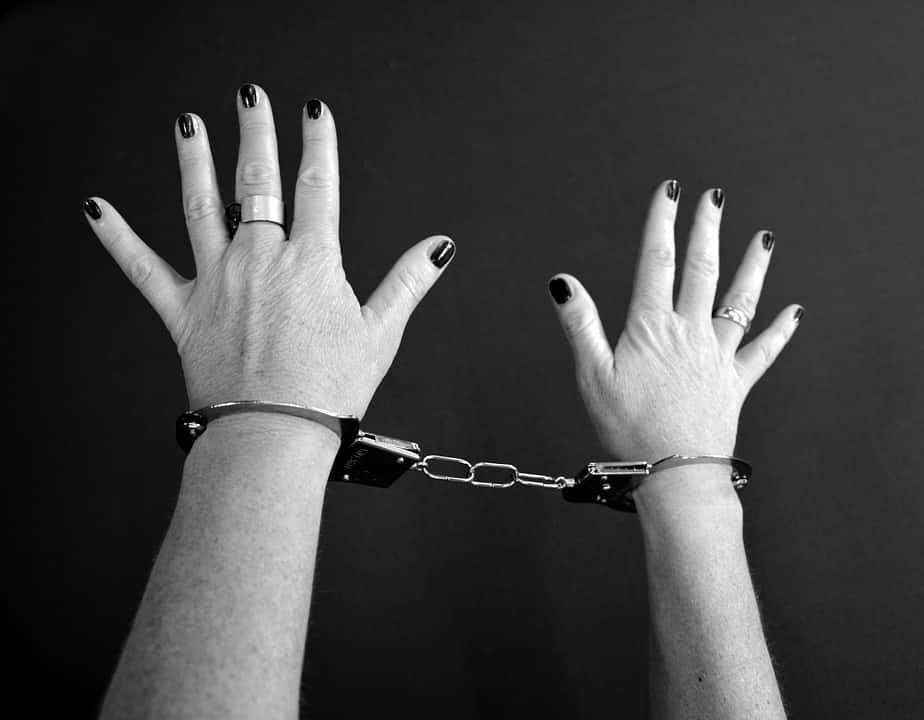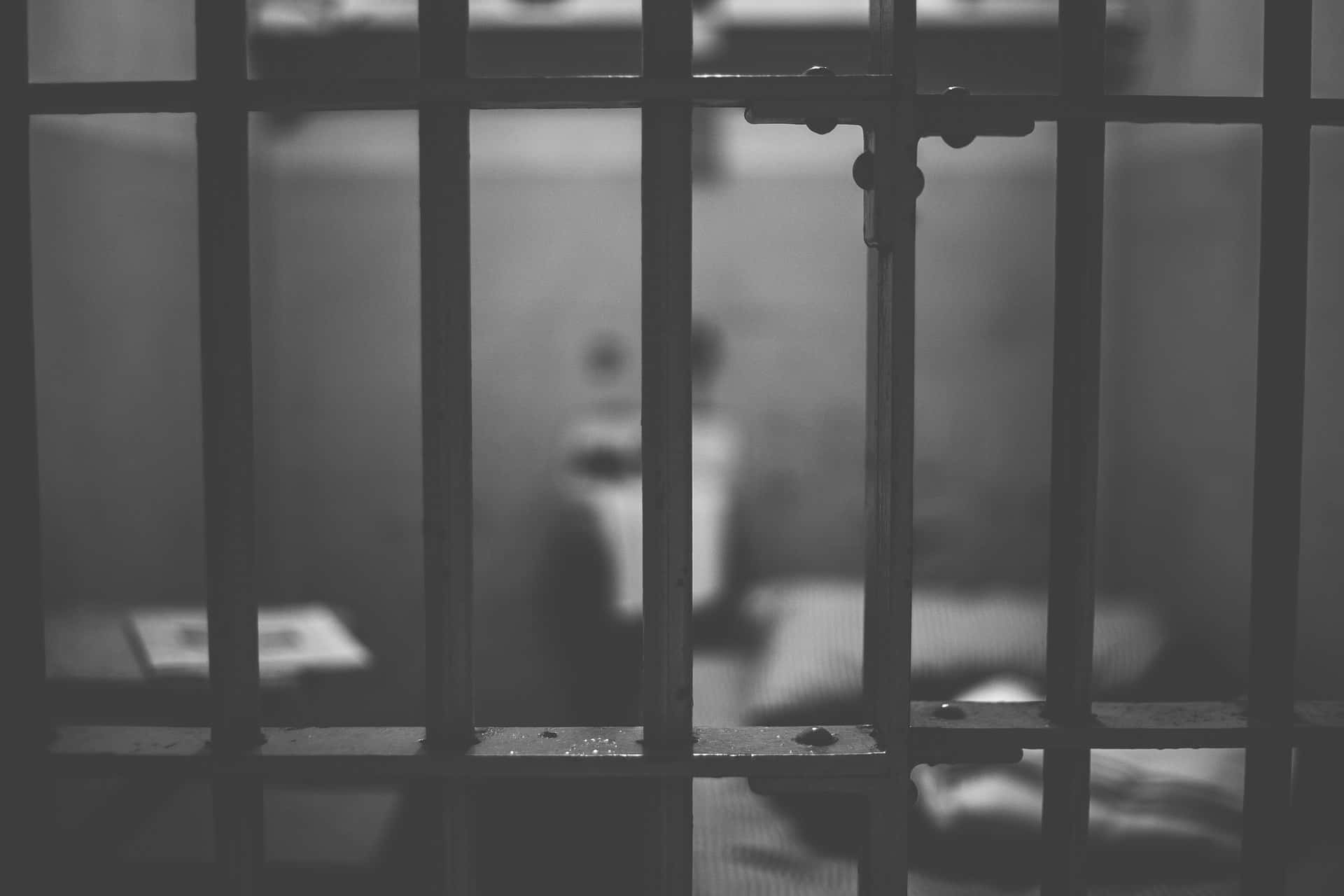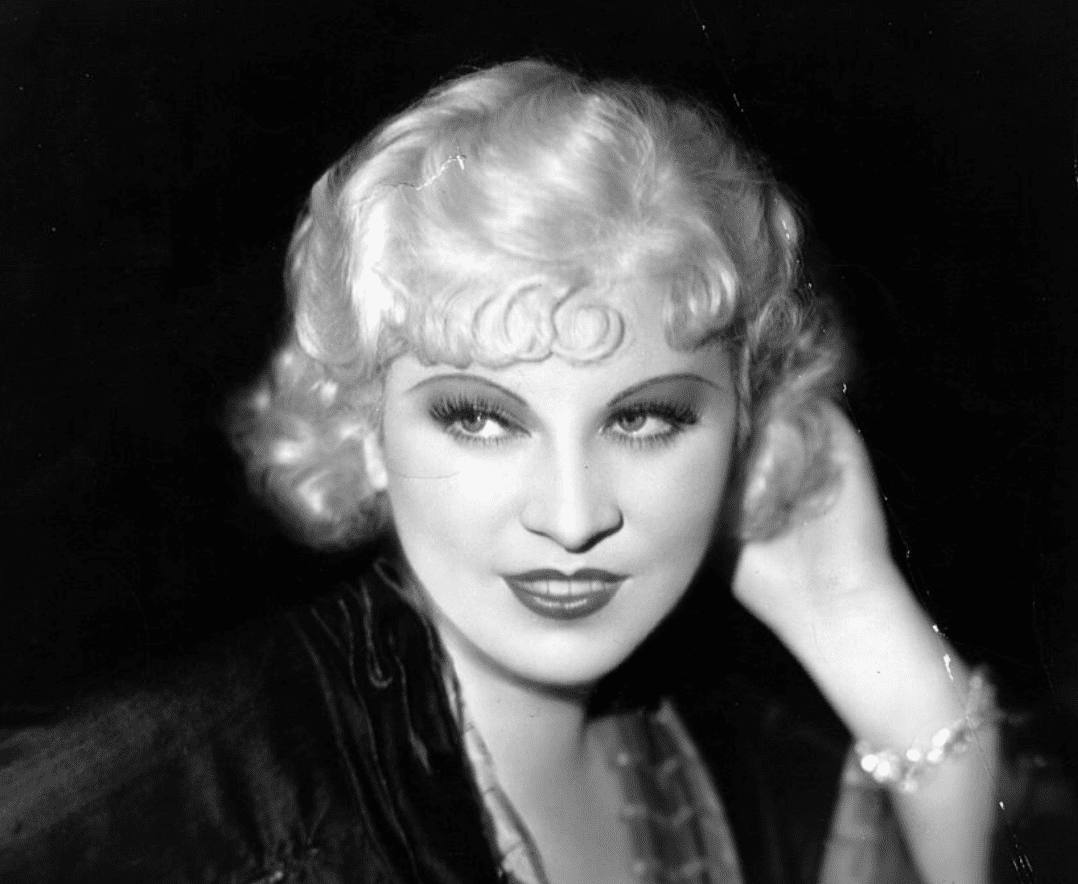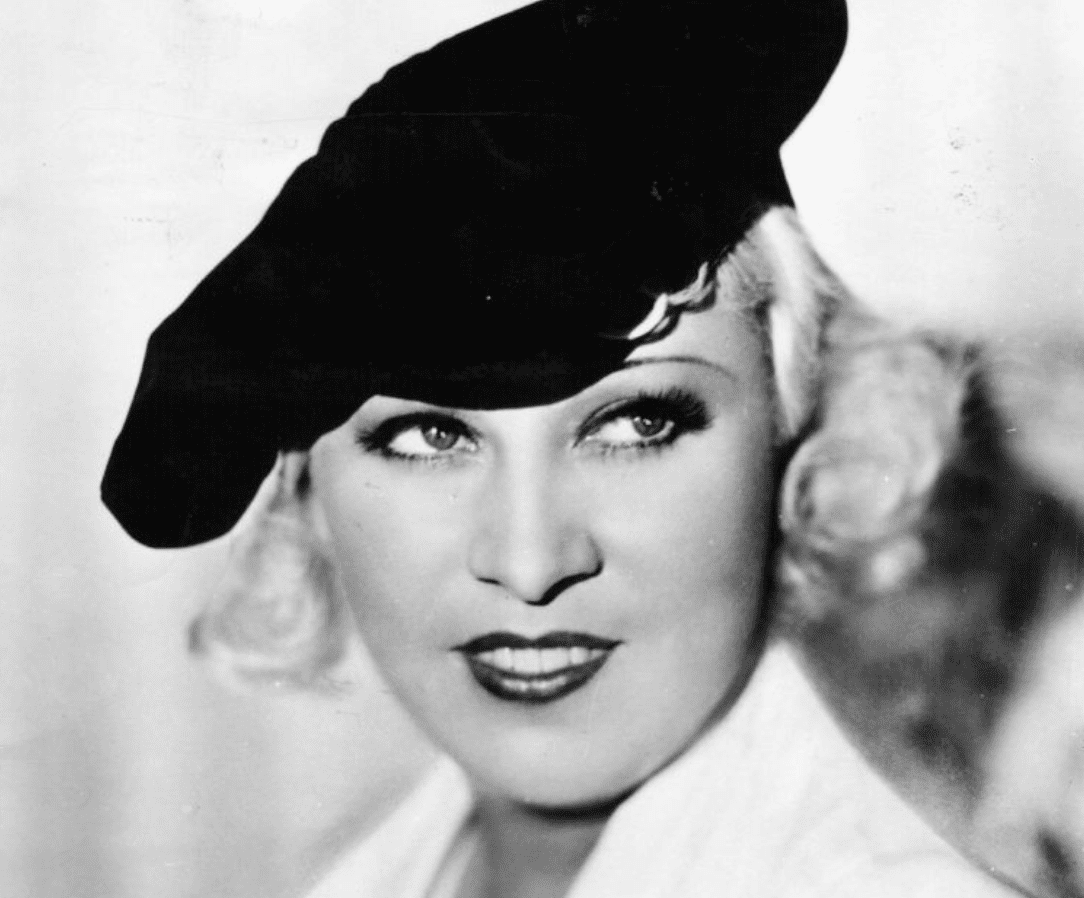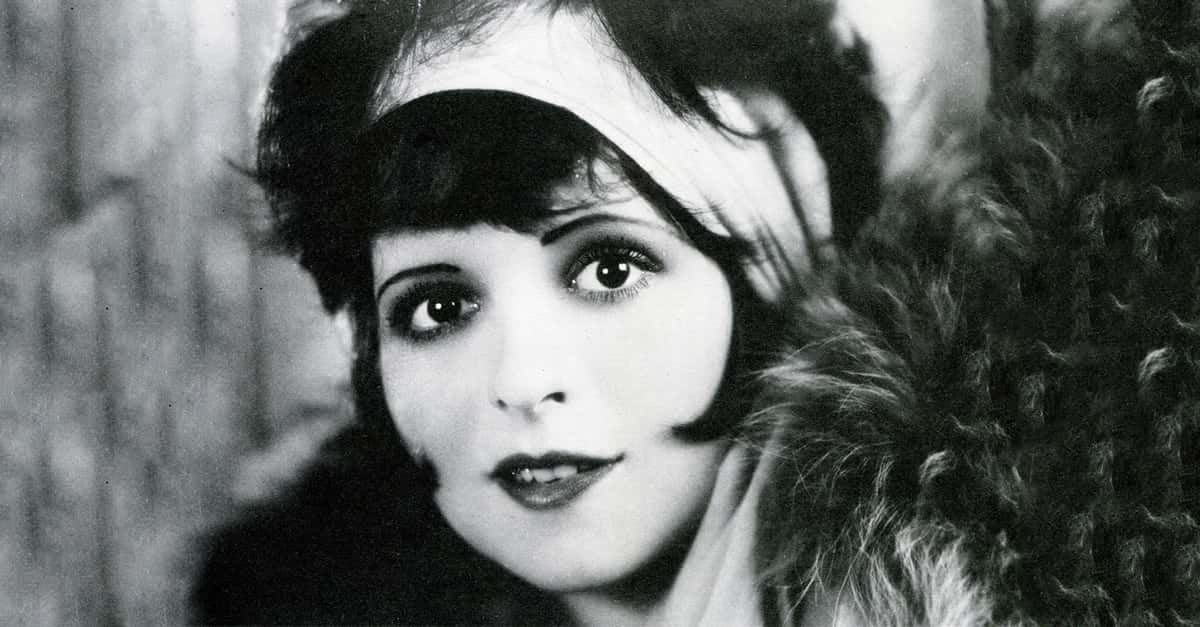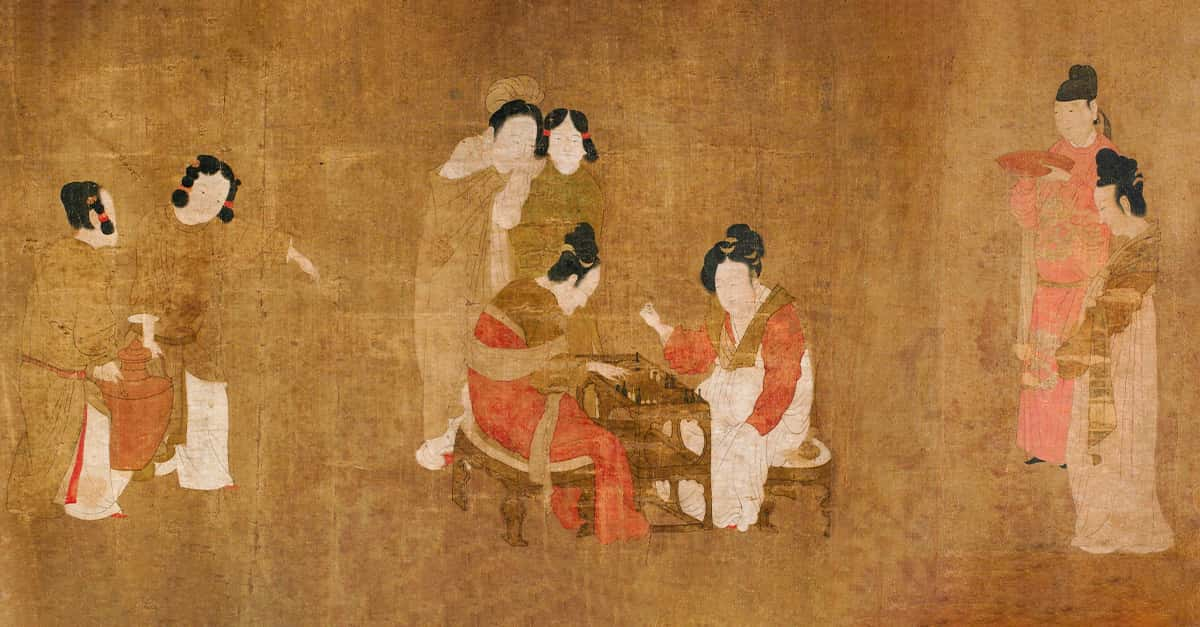Long before the likes of Rihanna, Michelle Pfeiffer, and even Marilyn Monroe, Mae West was an iconic female sex symbol and film star in Old Hollywood. Of course, that’s where one might be tempted to leave it at that, but West proved to be far more than just a pretty face with an alluring sex appeal. Her life was rich with accomplishments, even as she stood up for marginalized people and displayed talents that went beyond acting. In fact, she was one of the most controversial celebrities of her time. Are you surprised? Intrigued? Here are 42 facts about Mae West.
Facts About Mae West
1. Origin Story
Mae West was born in Kings County, New York, on August 17, 1893. In case you were skeptical about her stage name, her birth name is actually Mary Jane West, so she wasn’t far off the mark!
2. Starting Early
West first appeared in front of an audience when she was 5 years old. While she initially performed at church socials, she also participated in amateur shows and talent contests.
3. Cool Parents
West was the daughter of Matilda Delker Doelger, who had worked as a corset model for a time. West’s father was John Patrick West, who owned a private investigation agency as well as being a part-time prizefighter.
4. Multitalented
West’s career in screenwriting began with the same film which launched her film acting career. During the production of Night After Night, West did a rewrite which led to her writing or co-writing nine films in which she starred.
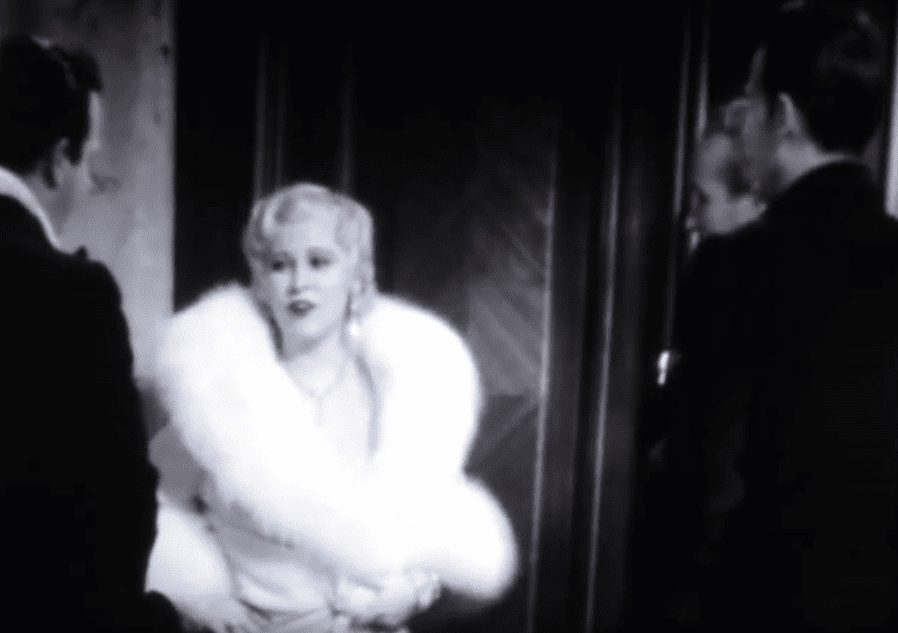 Night After Night, Paramount Pictures
Night After Night, Paramount Pictures
5. This Won’t Age Well
As a youth, West got her professional start in the world of theater. One of her first major plays was the musical called Vera Violetta. Unfortunately for modern audiences, the play famously featured Al Jolson, known for his blackface routine. It’s safe to say that West would have much more long-lasting projects than that one.
6. The Moving Pictures, You Say?
Surprisingly, West didn’t get into the movies until she was nearly 40 years old. Hollywood only knocked on her door after she’d conquered the world of theater with her highly successful—and highly controversial—plays.
7. It’s a Sin to Give a Cracker!
West’s 1934 film Belle of the Nineties was originally titled It Ain’t No Sin. Predictably, the original title came under fire with the censors of the time, but not before the production company had trained 40 parrots to repeat “It ain’t no sin” as a publicity stunt!
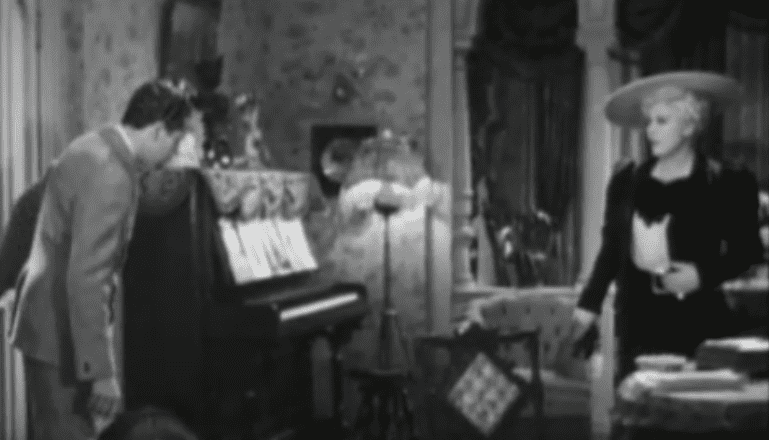 Belle of the Nineties,Paramount Pictures
Belle of the Nineties,Paramount Pictures
8. Do We Have a Chord?
In keeping with her early days on the stage, West was well-known for her singing and song-writing talents. She would earn credits on the soundtracks of 17 different projects—albeit uncredited in many cases.
9. Don’t Monkey Around
During her life, West own a rather unusual pet: a chimpanzee named Coffee. West would eventually give Coffee to Ralph Helfer. Helfer was not only a friend to West, he was also an animal behaviorist and trainer. So, we can assume that Coffee was well looked after at least.

History's most fascinating stories and darkest secrets, delivered to your inbox daily.
10. Good for You!
West’s biggest success on the stage as an actress and writer was the play Diamond Lil. The play follows the adventures of “a racy woman” who triumphs by means of her wits and intellect rather than a man saving her. The character played by West in the play was ultimately so iconic that she would form the basis for West’s character Lady Lou in the film She Done Him Wrong.
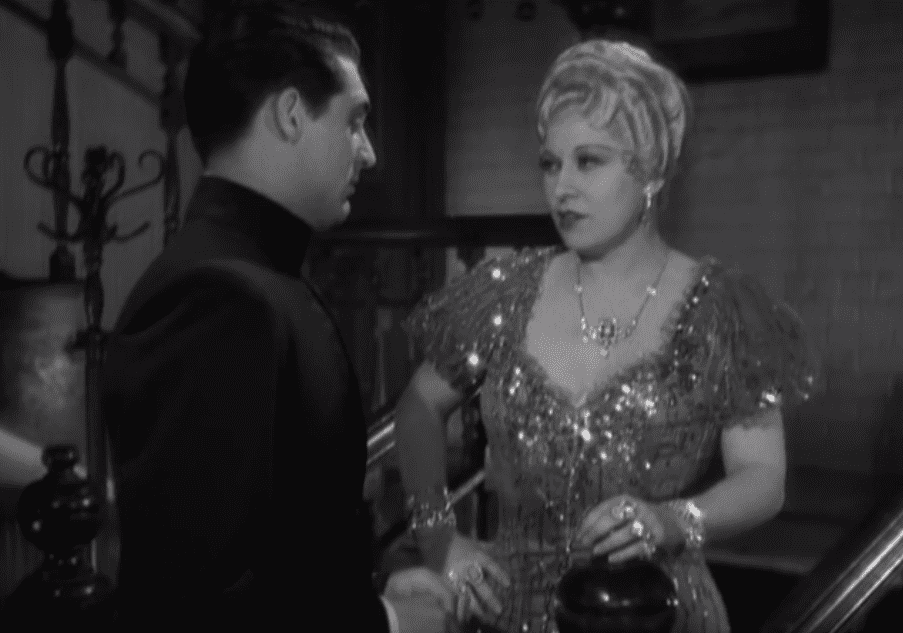 She Done Him Wrong, Paramount Pictures
She Done Him Wrong, Paramount Pictures
11. No Need to Thank Me, Honey!
West is one of the biggest reasons why any of you—or any of your grandparents—may have ever heard of movie star Cary Grant, best known for films like Bringing Up Baby or North by Northwest. During the casting for West’s film She Done Him Wrong, she spotted Grant hanging out at the same film studio and insisted “If he can talk, I’ll take him.” Grant would enjoy his big breakthrough working with West, and the rest is history.
12. Hear Me Roar
It might be hard to understand what people took such issue with back in the 1920s, since West’s films never had any nudity, sexuality, or curse words. According to West herself, it was that her portrayals of confident, liberated women proved too much for the time period to bear, which led to frequent battles with censors and religious groups. To be honest, she might be considered too much for some people to this day!
13. Barracks Humor
West’s considerable bust inspired soldiers during World War II to name lifejackets after her, due to their ability to keep them from sinking. This nickname for lifejackets endures far beyond the Second World War and West’s lifetime.
14. A Bad Time
West’s 1940 film My Little Chickadee was yet another one of her major successes at the box office, but the film resulted in tension from without and from within. West’s frequent suggestive one-liners in the script brought the censors down on the film, while West herself clashed with her co-star, comedic actor W.C. Fields. Behind the scenes, Fields and West came to despise each other, and Fields’ alcoholism didn’t help things at all.
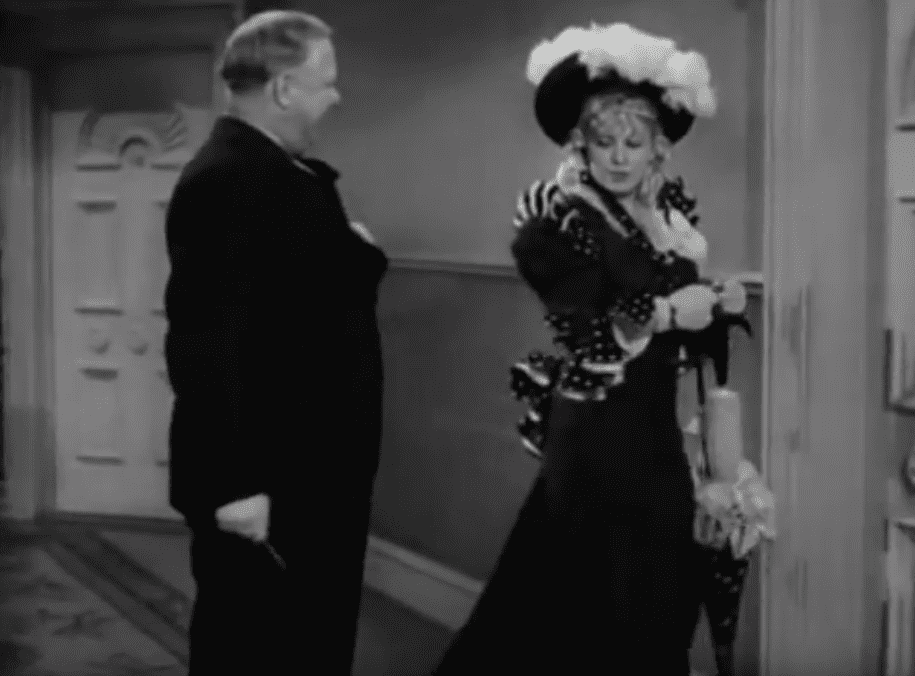 My Little Chickadee, Universal Pictures
My Little Chickadee, Universal Pictures
15. Sitting on the Throne
Believe it or not, West was actually the highest paid person in all of Hollywood by 1935. Not only that, West was also the second-highest paid person in the entire country! The only person with a bigger paycheck than her was newspaper tycoon William Randolph Hearst. Not bad for an actress who only made 12 movies—and at that point, she’d only made five!
16. Where’s Mae?
It should surprise nobody that West has her own star on the Hollywood Walk of Fame. Look for it at 1560 Vine Street.
17. Whatever Works
One of West’s more eccentric habits to prepare for film work was her use of enemas. She would reportedly take them in the morning, and she claimed that they improved her physical health considerably. In true West fashion, she also commented that enemas resulted in her “smelling sweet at both ends.”
18. A Piece of Antiquity
West famously appeared on the 1958 Academy Awards. Alongside film star Rock Hudson, West performed the song “Baby, It’s Cold Outside.”
19. Husband? What Husband?
In 1911, the 17-year-old West got married to fellow vaudevillian Frank Wallace. The couple would never live together, however, and West spent years denying that she’d even married Wallace in the first place. A legal divorce wasn’t carried out until 1943, fully 32 years later.
20. Impressive Record
West’s film She Done Him Wrong is only 66 minutes long. It remains to be the shortest feature film to ever be nominated for Best Picture (or its equivalent award) at the Oscars.
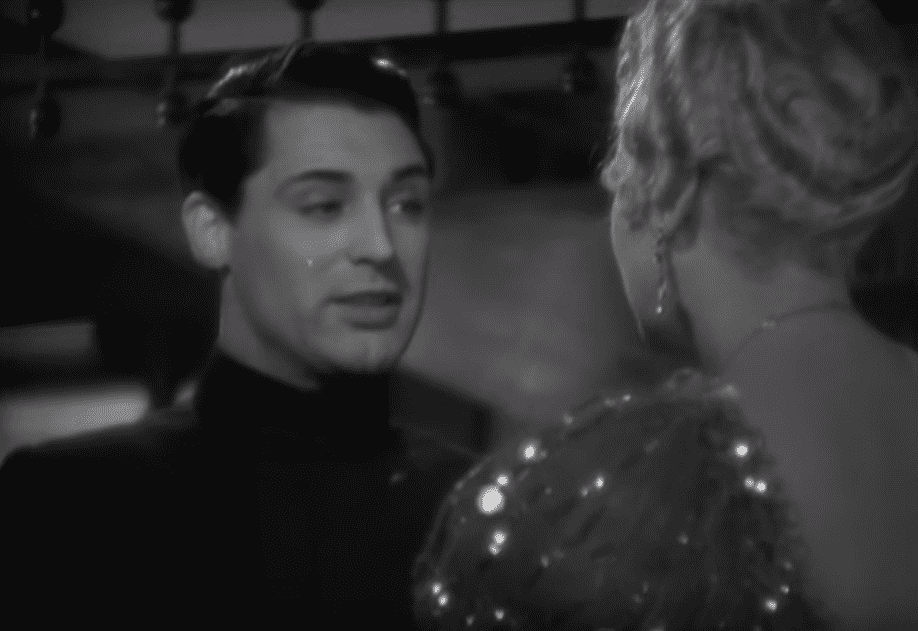 She Done Him Wrong, Paramount Pictures
She Done Him Wrong, Paramount Pictures
21. I Could Have Had a Close-Up!
Because of her determination to have control over the characters she played, West would turn down several roles which later led to great success. One of the most famous examples was the role of Norma Desmond in Sunset Boulevard.
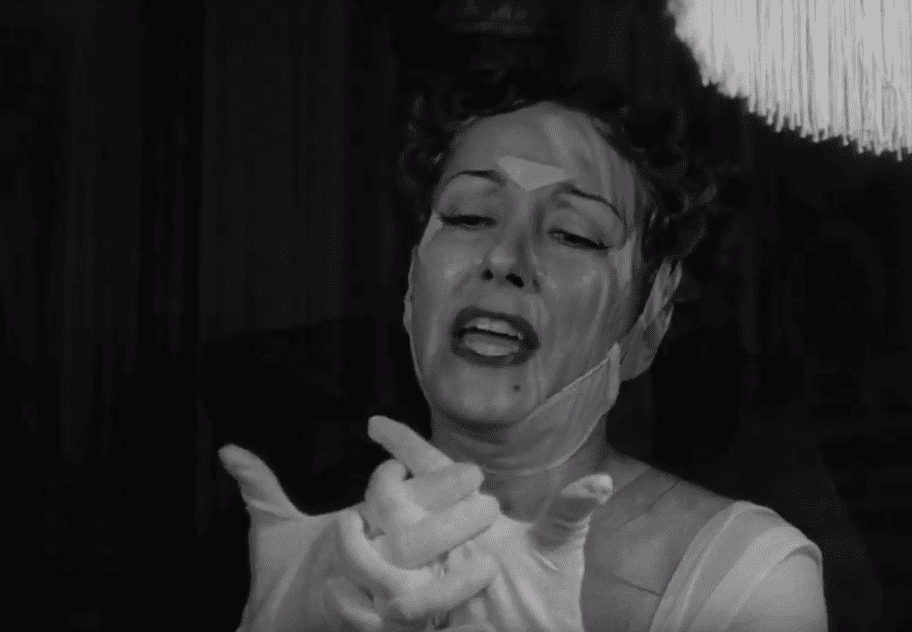 Sunset Boulevard, Paramount Pictures
Sunset Boulevard, Paramount Pictures
22. In My Words
West took the time to write an autobiography. Titled Goodness Had Nothing to Do With It, the book was released in 1959 to great success. In 1970, the book was reprinted and re-released with a new chapter added.
23. Farewell, Mae
After suffering a stroke that same year, West died on November 22, 1980. She was 87 years old.
24. There at the Beginning, There at the End
West’s first film was Night After Night in 1932 and her last film was Sextette in 1977. Interestingly, both these films also featured film star George Raft. West and Raft would later die within two days of each other.
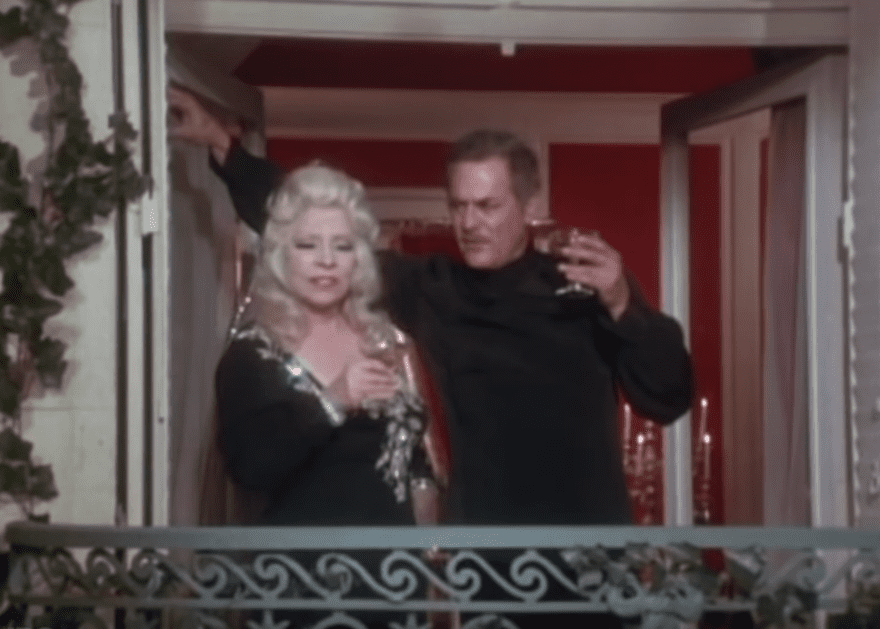 Sextette, Crown International Pictures
Sextette, Crown International Pictures
25. Who’s in the Skye with Diamonds Now?
Speaking of the film Sextette, it also featured Ringo Starr, a former member of the Beatles. This wasn’t West’s first brush with the Beatles; she actually appears on the cover of their famous album Sgt. Pepper’s Lonely Hearts Club Band. West was initially uninterested in appearing on the album, but when the Beatles personally wrote her a plea to change her mind, she relented.
You might be wondering why she took issue with the idea in the first place. Her explanation was “What would I be doing in a lonely hearts club?” Excuse us while we find a mike to drop!
26. Making it Rain!
Such was the success of West’s films that she is often credited for single-handedly saving Paramount from bankruptcy. The studio made so much off of her movies that they were saved from any financial troubles. To give you an idea, West’s 1933 film She Done Him Wrong (which cost $200,000 in 1930s money) made $2 million upon release. Today, that would be equal to over $140 million!
27. Affirmative Action
During her days in the theater, West made it a rule to work with African-Americans as much as possible in an effort to break the racist barriers keeping them marginalized. When she transitioned to film, West continued to stand up against racism by insisting that actress Louise Beavers be cast alongside her in She Done Him Wrong.
28. Beloved Pastiche
West’s sole television credit is for the classic talking horse series Mister Ed. Playing herself, West hires the protagonist Wilbur Post to redesign her stables, all while playing up her legendary persona and reputation in the episode.
29. Oh No, You Don’t!
West’s reputation for “risqué” acts and double-entendres led to a polarized reaction in the US. This is best represented in an anecdote where West was barred from doing a theater act in New Haven, Connecticut at the last minute. The manager of the venue was so offended by her act that he canceled the show rather than let her perform. This decision enraged members of the audience eager to see her, particularly some students of Yale University. They were, in fact, so affronted that they began a riot in the theater!
30. So Much for a Comeback…
After 27 years, West finally appeared in a film again, specifically the 1970 film Myra Breckinridge, which was an adaptation of Gore Vidal’s book about a man named Myron who undergoes gender reassignment surgery to become an actress. Despite boasting a cast which included West, John Huston, and Raquel Welch, the film was an utter disaster. The production was riddled with stormy fights between Welch and West, who made incredible demands for creative freedom. The final product was also denounced by Vidal, audiences, and critics.
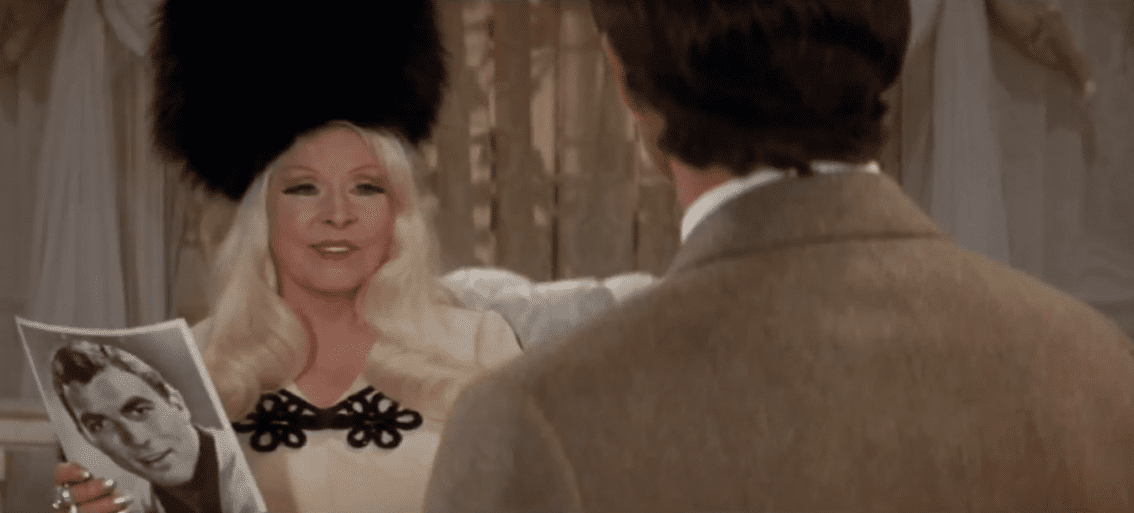 Myra Breckenridge, Twentieth Century Fox
Myra Breckenridge, Twentieth Century Fox
31. Classic Cougar
At the age of 61, West began a relationship with Paul Novak, who acted as one of the muscle men appearing in her Las Vegas show. Despite being 30 years younger than West, Novak would continue his relationship with West until her dying day.
32. Fun While it Lasted
In 1978, West tried making another comeback with the musical comedy Sextette. By this time, West was suffering from hearing loss and needed to wear an earpiece so that lines could be given to her during filming. Sadly, the film was another box office bomb, as well as a critical failure. That said, West’s co-star, Timothy Dalton, has no regrets about the film, considering the production to have been “a sort of carnival, extremely special to do.”
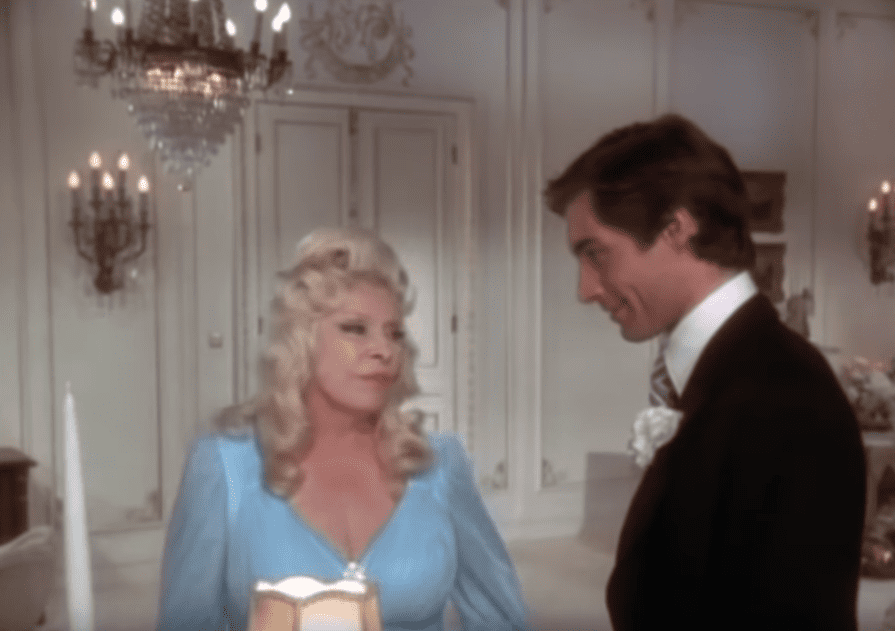 Sextette, Crown International Pictures
Sextette, Crown International Pictures
33. You’ll Go Far
In the style of Hollywood stars, West had a number of people work as her personal staff. One of these people was a chauffeur named Jerry Orbach. Orbach would go on to become an actor in his own right; you’ll likely know him as Detective Lennie Briscoe, who’s appeared in four different series in the Law & Order franchise.
34. Who Sees the Resemblance?
Allegedly, West’s figure was what inspired the Coca-Cola bottle! Whether that’s true or not, the public certainly saw a connection. Because of the actress and bottle’s similar curves, they would nickname the Coke bottles “Mae West” bottles. In case you were wondering if people were less juvenile back then, put those doubts to rest!
35. Look at All Those Popped Monocles!
One of the most shocking acts in West’s career was also her first starring role on Broadway. In 1926, West wrote, directed, produced, and starred in a play titled Sex. As if the title wasn’t shocking enough for the 1920s, the content also led to conservative critics denouncing the piece and religious groups voicing complaints. The show, meanwhile, was highly attended, with more than 375 performances!
36. Just Try Me!
Despite the wild success of West’s play, Sex’s run came to an abrupt halt when New York City police officers launched a raid in the winter of 1927 and arrested West, among others—this happened long after several members of the police department and justice system had gone to see the play. West was charged with obscenity and “corrupting the morals of youth.” She was sentenced to either pay a fine or serve ten days in prison. Ever the one to buck the trend, West proudly declared that she would go to prison for her art.
37. Queen of the Jail
West’s decision to go to prison wasn’t just about standing for her art. She was also fully aware of the publicity that would come with this decision. Her efforts were duly rewarded, and she had a ball playing it up. During her time in prison, West alleged, she had worn her silk panties rather than the standard prison clothes.
West also dined with the prison warden and his wife, and we can only imagine the conversation carried out at that dinner date! West ultimately served just eight days in prison, getting two days off for good behavior. The irony of that last sentence literally made us laugh aloud while writing it.
38. Far from Finished!
For her follow-up to Sex, West directly addressed LGBTQ themes and cross-dressing with her 1927 play The Drag. West was determined to provide a voice to LGBTQ people, and the play proved a financial success. However, the content led to West’s play being closed early and getting banned from opening on Broadway. Once again, West went to prison, and also paid a fine to boot.
39. Standing by My Principles
Despite the staunch opposition to The Drag, and despite her run-in with the law yet again, West remained an LGBTQ ally for the rest of her life. She also lent her support to the women’s liberation movement, surprising absolutely no one. By that point, they knew better than to underestimate West’s ability to put her money where her mouth was!
40. Bless Your Innocent Little Hearts!
Following the mid-1930s, the Production Code’s restrictions and censorships were taken very seriously, leading to West’s writing being challenged at nearly every turn. Unleashing her inner troll, West would purposefully write in lines that she knew the censors would lose their minds over. It didn’t matter to her that these over-the-top lines wouldn’t make it—sticking it to the man was thanks enough for her!
41. How the Mighty Fall
In the early 1940s, West was approached by her friend, filmmaker Gregory Ratoff. He was in serious financial trouble and needed a hit film, so he asked West to work with him on the film The Heat’s On. West was reluctant to do the film, but she did it anyway as a friend. By that time, however, the censors of the time curbed almost all of her dialogue and insisted on modest clothing. Predictably, the hamstrung film was a critical and commercial failure.
42. I’m Done
The failure of The Heat’s On was devastating to West, coupled with the fact that she’d lost all control of her own image and dialogue in film and theatre. West would retire from the film industry for more than a quarter century, finding creative freedom in the world of theaters and nightclubs.

